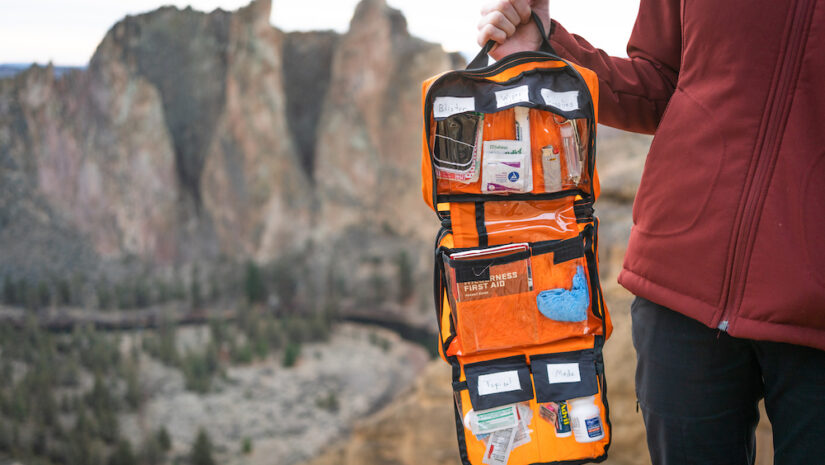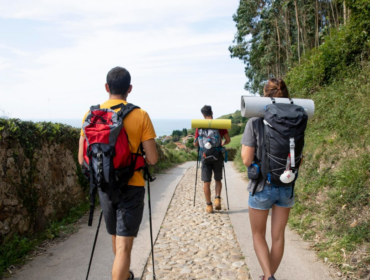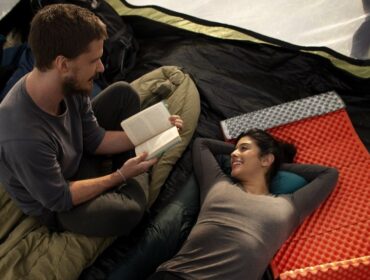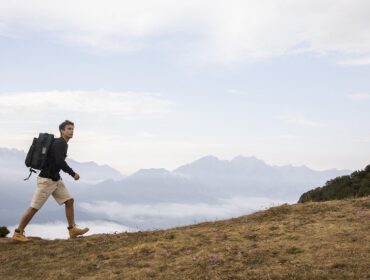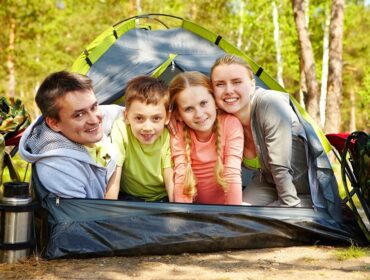Whether you’re headed out on a half-mile day hike or a 14-day backcountry trip, a first aid kit is a necessity. A first aid kit is something that can literally save your life, or be the difference between continuing a trip or having to turn back. The size and contents of your first aid kit should vary depending on the activity you are participating in and the location of that activity. There are hundreds of different pre-made first aid kits on the market, but it could be more effective to make your own. In this article, we look at how to create the perfect first aid kit.
Build Your Own First Aid Kit
Each and every person should have their own first aid kit. Don’t count on a friend to have the right first aid for you. No matter what kind of trip you are going on, you should build the first aid kit that you need. Anytime you need first aid, it should be taken out of YOUR kit, even if someone else is tending to your injuries.
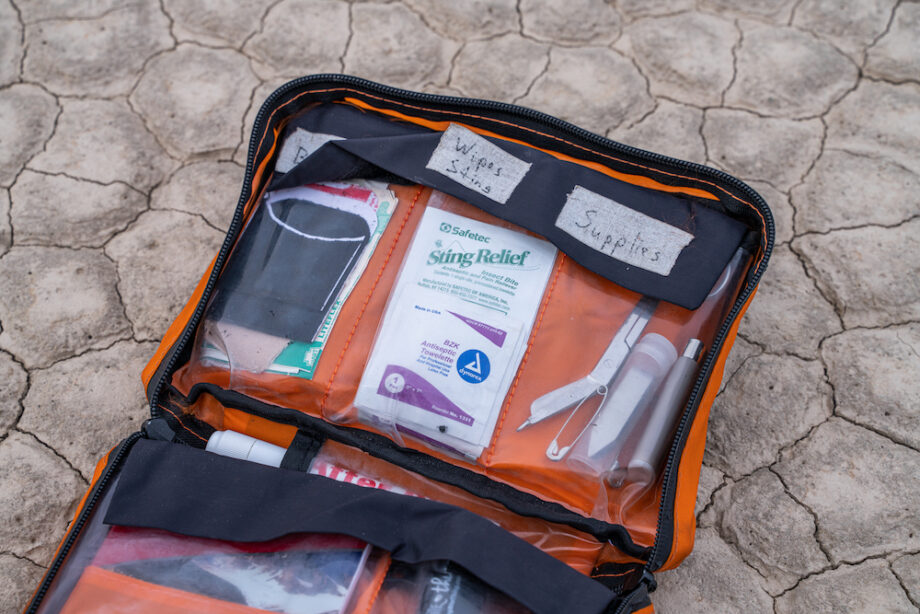
Curate Your First Aid Kit for Each Trip
You obviously need more first aid for a week-long backpacking trip than you do for a short one-mile hike. Before each trip, look through your first aid kit and update it for the trip. You may need certain items for different kinds of weather or temperatures. When checking over your first aid kit, look for expired items that you can replace.
Start with a Pre-Made First Aid Kit
It will be helpful to start with a pre-made first aid kit because this will give you a lot of smaller items that you can use. Once you purchase a pre-made kit, go through it and remove items you don’t need, and add items that you will need. Pre-made kits have most of the items you need, but they probably won’t have all of the first aid supplies that you should be carrying.
When you go to add items to your first aid kit, try and purchase things that are small or travel size. If you have a lot of large items, your first aid kit will get too heavy or bulky. Do you really need a whole bottle of Advil, or can you find a travel size with eight pills?
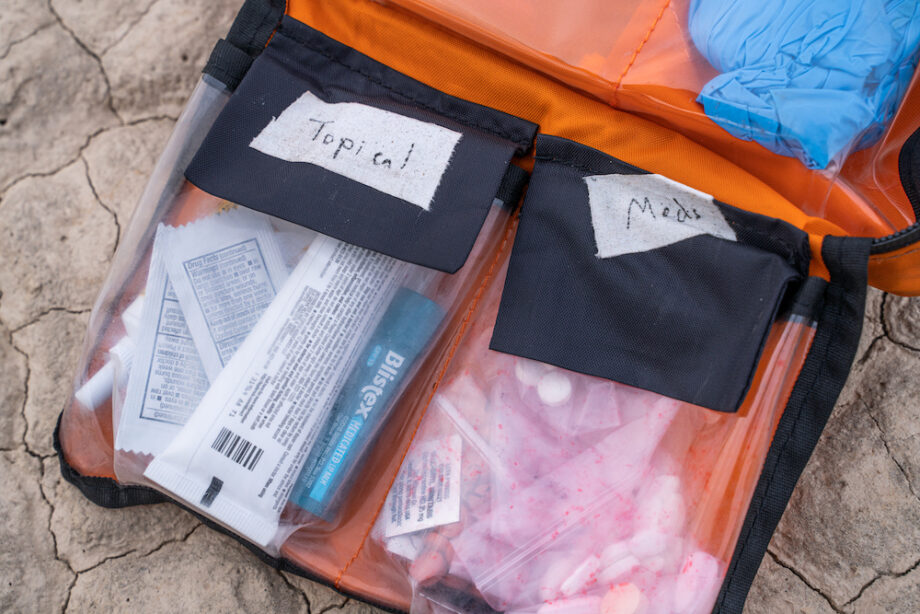
Take a Course
Learn how to use the items in your first aid kit. It does you no good to have first aid that you don’t know how to use. Taking a wilderness first aid course not only teaches you how to treat common injuries, but that will also give you a good idea of the items that you should have in your kit.
Personalize Your First Aid Kit
Make your kit for you. If you know you have bad allergic reactions, add an EpiPen or prescription allergy medication. If you get lots of blisters, add extra blister pads. Customize your first aid kit to serve your needs. This is why it’s so important that everyone has their own first aid kit, customized for their own needs. Ensure that you have enough of each supply to last for the duration of your trip.
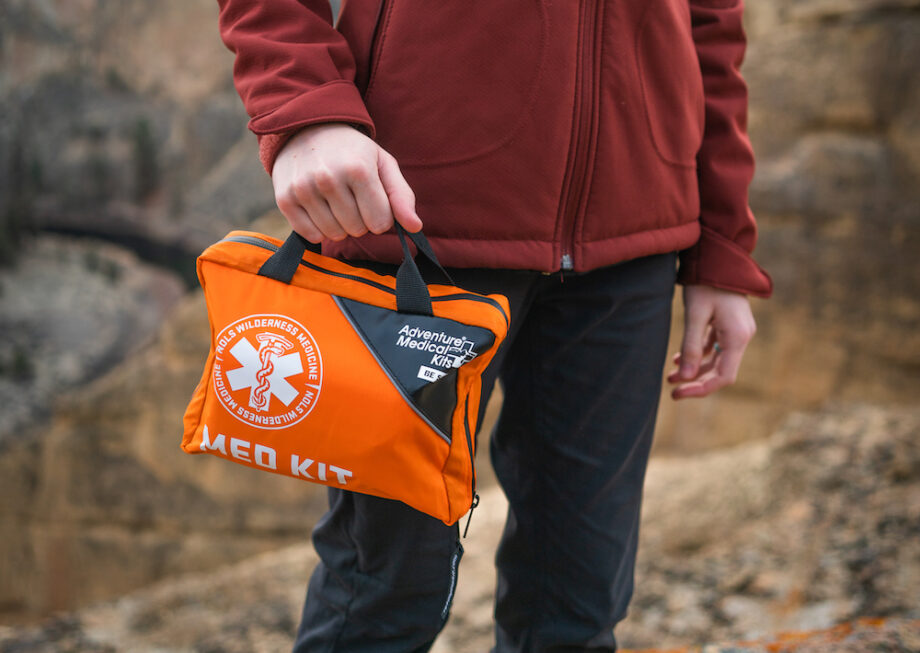
What to Put in a First Aid Kit
This is by no means a comprehensive list, and you may want to add or remove items depending on your personal needs. However, this list is a great place to start when building your own first aid kit. Many of these items expire, so make sure that you check the expiration of your items before each trip.
Basic Items
- Various shapes and sizes of bandages
- Antiseptic wipes
- Gauze
- Medical Tape
- Blister pads & second skin
- Antibacterial Ointment (such as Neosporin)
- Tincture of Benzoin (bandage adhesive)
- Sting Relief Treatment
- Elastic Wrap
- Triangular Cravat Bandage
- Liquid Bandage
Medication/Treatment
- Ibuprofen/Tylenol
- Aspirin
- Antihistamine (allergy medication)
- Throat Lozenges
- Antacid Tablets
- Eye Drops
- Sunscreen & Burn Relief Gel
Tools/Supplies
- Safety Pins
- Tweezers
- Medical Gloves
- Knife
- Irrigation Syringe (for wound cleaning)
- Emergency blanket
- Finger and SAM Splint
- Small notepad and pencil
Building a first aid kit can be as much of an art as it is a science. The more adventures you go on, the more you’ll realize you need to add to the first kit aid. Most importantly, know how to use each and every item in the first aid kit. Having something you don’t know how to use won’t do you any good. Don’t rely on someone else to bring first aid or know how to use your first aid. Get the knowledge, the gear, and go on your next trip with the peace of mind that you’re prepared when the unexpected happens.
Article and Photos by Austin James Jackson
Austin James Jackson is a landscape photographer and outdoor enthusiast based out of Portland, Oregon. He loves teaching others how to photograph landscapes and leads workshops in the western USA.
